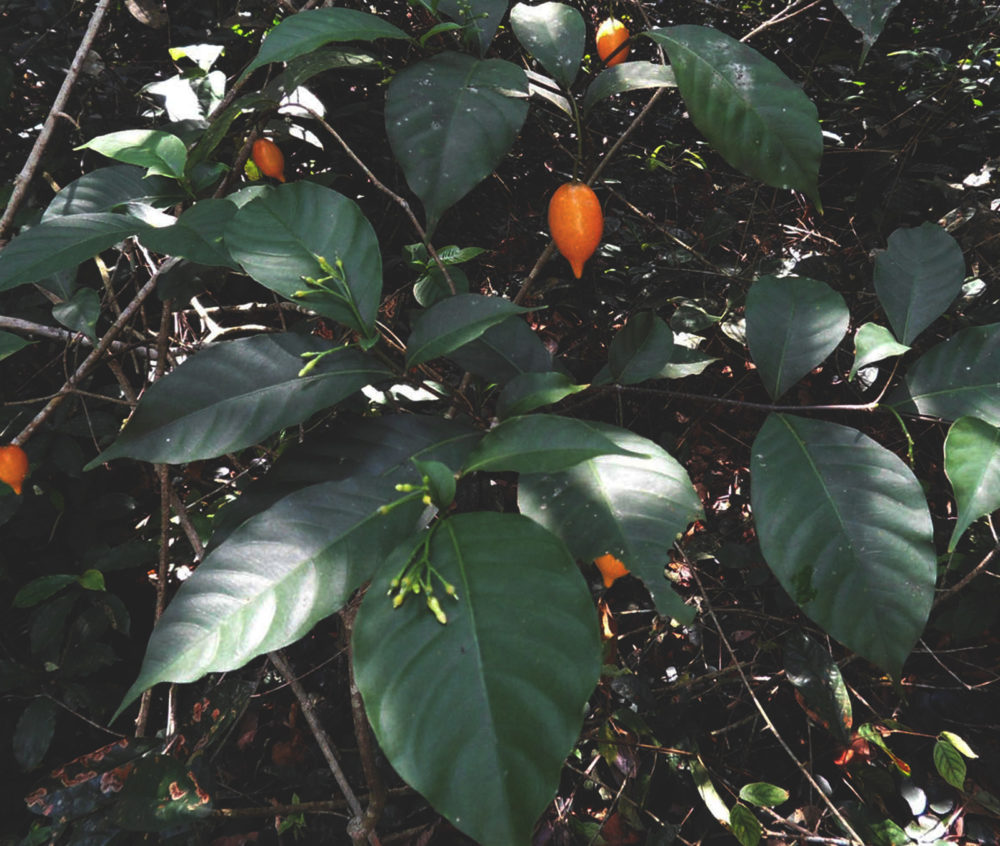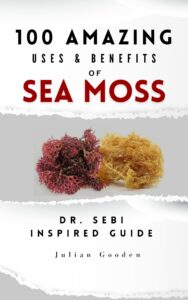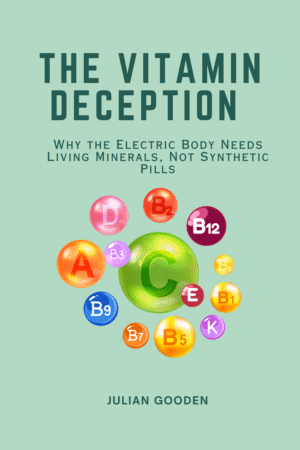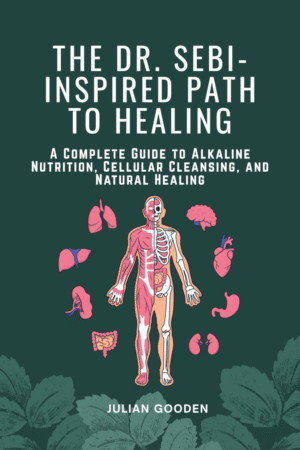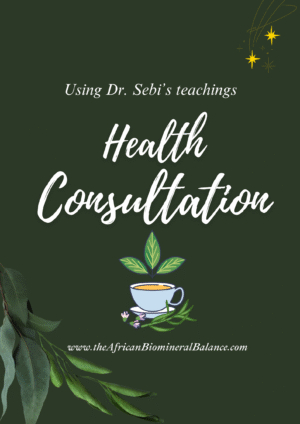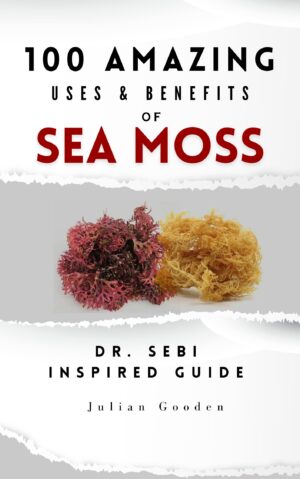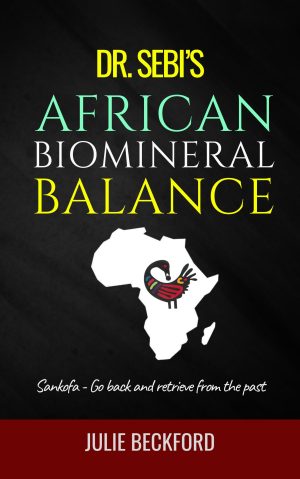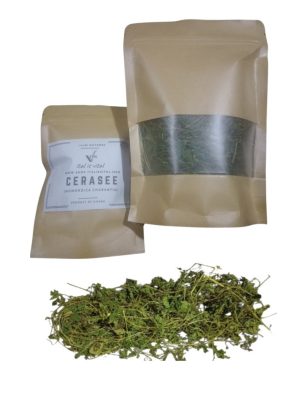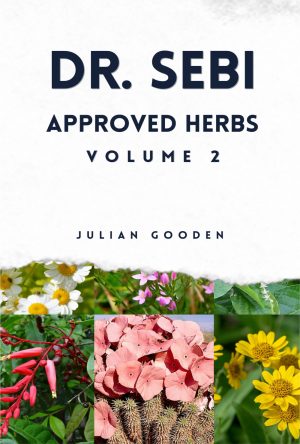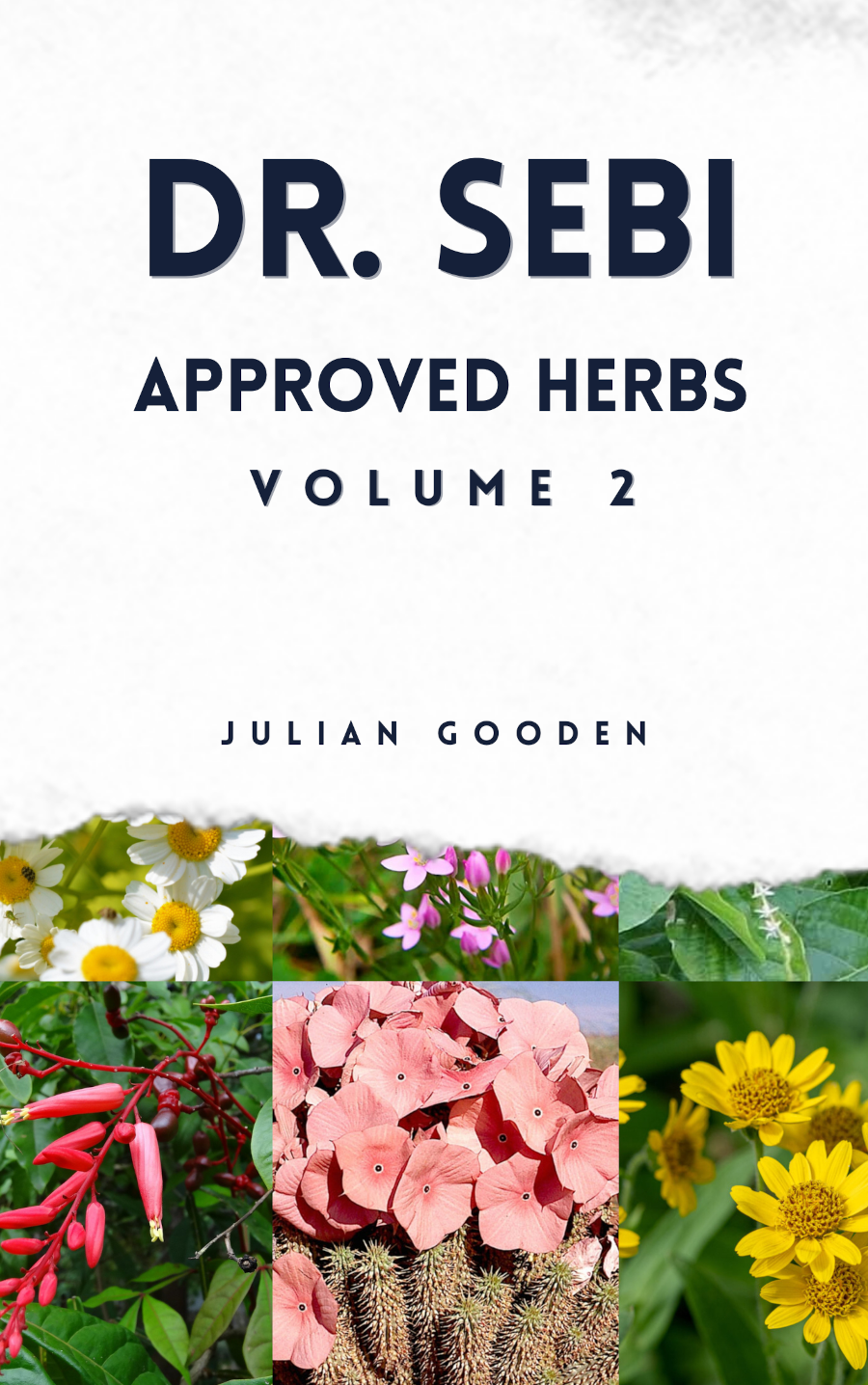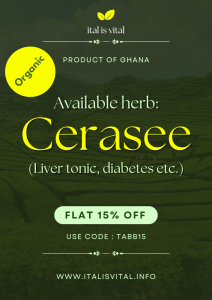Here’s an alphabetized list of herbal actions, including terms. Each entry includes definitions, alkaline/non-hybrid herb examples, and notes on traditional use:
Adaptogen
Role: Supports the body’s ability to resist stress, balancing the adrenal and thyroid systems without overstimulation.
Examples: Chanca piedra, Sea moss, Sarsaparilla.
Traditional Use: Widely used in indigenous and African herbal traditions to support stamina and protect the body during illness, travel, or seasonal change.
Adaptogenic Nervine
Role: Combines stress-modulating and nervous system calming effects.
Examples: Blue vervain, Sea moss.
Traditional Use: For those dealing with emotional or environmental stress.
Alterative (Blood Purifier)
Role: Promotes the gradual cleansing and detoxification of the blood, liver, and lymphatic system.
Examples: Burdock root, Dandelion root, Yellow dock.
Traditional Use: Known in many cultures as “blood cleansers,” often used during seasonal transitions or fasts.
Amphoteric
Role: Normalizes function in opposite directions (e.g., may stimulate or relax based on the body’s needs); helps maintain balance.
Examples: Sarsaparilla, Sea moss.
Traditional Use: Valued for versatility—used when a more specific herbal action isn’t clearly appropriate.
Analgesic (Pain Reliever)
Role: Reduces or alleviates physical pain and discomfort.
Examples: Blue vervain, Elder bark.
Traditional Use: Common in traditional healing for headaches, muscular pain, and joint inflammation.
Antacid
Role: Neutralizes excess stomach acid without suppressing overall digestive function.
Examples: Cucumber juice, Ginger.
Traditional Use: Used in soothing digestive upset caused by acidic foods or stress.
Antibacterial
Role: Kills or inhibits the growth of harmful bacteria.
Examples: Anamu (Guinea hen weed), Clove, Elderberry.
Traditional Use: Used in wound care, teas, or infusions for internal infections.
Anticatarrhal
Role: Eliminates or reduces excess mucus and phlegm in the body.
Examples: Elderflower, Mullein, Horehound.
Traditional Use: Popular for colds, flu, and sinus congestion.
Antidiabetic
Role: Helps regulate blood sugar levels and improve insulin sensitivity.
Examples: Bitter melon, Nopal cactus, Dandelion root.
Traditional Use: Often part of diabetic protocols in folk medicine across Africa and the Caribbean.
Antiemetic
Role: Reduces nausea and vomiting.
Examples: Fresh Ginger, Chamomile*.
Traditional Use: Used during pregnancy (in safe amounts), travel, and during detox protocols.
Antifungal
Role: Inhibits the growth of fungi, including Candida.
Examples: Clove, Anamu.
Traditional Use: Applied externally for fungal skin issues or taken internally for gut-related imbalances.
Antihistamine
Role: Reduces the severity of allergic responses.
Examples: Nettle leaf, Plantain leaf.
Traditional Use: Used in respiratory allergies and skin conditions such as hives or rashes.
Anti-inflammatory
Role: Relieves inflammation in tissues, joints, or organs.
Examples: Anamu, Burdock, Sarsaparilla.
Traditional Use: Especially valuable in arthritis, autoimmune conditions, and post-injury recovery.
Antihelmintic (Helminthic)
Role: Expels parasitic worms from the intestines.
Examples: Epazote, Wormwood (used cautiously), Clove.
Traditional Use: Used in parasite-cleansing formulas and seasonal detoxes.
Antilithic
Role: Prevents or dissolves stones (kidney, gallbladder).
Examples: Chanca piedra, Dandelion root.
Traditional Use: Often called “stone breaker” in Amazonian traditions.
Antimicrobial
Role: Broad action against bacteria, fungi, and other microbes.
Examples: Anamu, Elderberry, Chaparral.
Traditional Use: Used in tinctures, poultices, and teas to prevent or treat infections.
Antineoplastic
Role: Inhibits the development or spread of abnormal cell growth.
Examples: Chaparral, Red clover.
Traditional Use: Used as supportive care for abnormal growths or tumors in traditional systems.
Antioxidant
Role: Protects cells from oxidative stress caused by free radicals.
Examples: Elderberry, Sarsaparilla.
Traditional Use: Preventative herb to promote longevity and vitality.
Antiparasitic / Vermifuge
Role: Expels or kills intestinal parasites and worms.
Examples: Clove, Anamu, Epazote.
Traditional Use: Common in tropical and subtropical regions where parasites are more prevalent.
Anti-rheumatic
Role: Alleviates symptoms of arthritis and joint pain.
Examples: Sarsaparilla, Burdock root, Nettle.
Traditional Use: Used to reduce joint swelling and restore mobility.
Antispasmodic
Role: Relieves involuntary muscle contractions and cramps.
Examples: Chamomile, Lemon balm, Blue vervain.
Traditional Use: Useful in digestive upset, menstrual cramps, and nerve-related twitching.
Antitussive
Role: Suppresses or reduces dry, irritating coughs.
Examples: Horehound, Mullein.
Traditional Use: Key herb in traditional cough syrups and teas.
Astringent
Role: Contracts tissues, tightens mucous membranes, reduces secretions.
Examples: Oak bark, Raspberry leaf.
Traditional Use: Used for diarrhea, wounds, and to tone the uterus.
Carminative
Role: Eases gas, bloating, and intestinal cramping.
Examples: Fennel, Ginger.
Traditional Use: Often taken after meals to support digestion.
Cholagogue
Role: Stimulates the release of bile from the gallbladder to aid digestion.
Examples: Dandelion root, Yellow dock, Quassia.
Traditional Use: Used in cases of liver stagnation, poor fat digestion, or gallbladder sluggishness.
Choleretic
Role: Increases bile production by the liver.
Examples: Dandelion root, Burdock root.
Traditional Use: Often paired with cholagogues to enhance liver detox and fat metabolism.
Demulcent
Role: Soothes and coats irritated mucous membranes.
Examples: Sea moss gel.
Traditional Use: Used in respiratory and digestive issues.
Detoxifier
Role: General term referring to herbs that aid in the elimination of toxins from the body.
Examples: Burdock, Dandelion, Sea moss.
Traditional Use: Central to African Biomineral Balance—often the first step in any healing protocol.
Diaphoretic
Role: Stimulates sweating to cool the body and release toxins.
Examples: Elderflower, Yarrow, Ginger.
Traditional Use: Used in fevers, colds, and detox rituals.
Digestive Bitter
Role: Triggers digestive enzyme and bile production.
Examples: Dandelion, Quassia, Yellow dock.
Traditional Use: Taken before meals to improve digestion and absorption.
Diuretic
Role: Increases urine output to eliminate water retention.
Examples: Dandelion leaf, Nettle, Sarsaparilla.
Traditional Use: Used in swelling, high blood pressure, and urinary complaints.
Electrolyte Balancer
Role: Replenishes key minerals like potassium, calcium, magnesium.
Examples: Sea moss, Nettle leaf.
Traditional Use: Used after sweating, illness, or intense detox to restore balance.
Emmenagogue
Role: Stimulates and regulates menstrual flow.
Examples: Damiana, Blue vervain.
Traditional Use: Often used for irregular or painful periods.
Emollient
Role: Moisturizes and softens the skin or mucosa.
Examples: Plantain leaf, Sea moss.
Traditional Use: Used externally in salves and internally for gut health.
Expectorant
Role: Loosens and expels mucus from the lungs.
Examples: Mullein, Elderflower.
Traditional Use: Used in wet coughs and bronchial congestion.
Escharotic
Role: Causes sloughing of dead or abnormal skin tissue (used externally).
Examples: Chaparral (topically).
Traditional Use: Used traditionally in skin cancer salves or for abnormal skin growths.
Febrifuge
Role: Reduces fever without suppressing the immune response.
Examples: Catnip, Elderflower.
Traditional Use: Used in fever management for children and adults.
Galactagogue
Role: Promotes or increases the flow of breast milk.
Examples: Nettle, Blessed thistle, Note: Sea moss may support lactation due to high mineral content.
Traditional Use: Used during postpartum to nourish and increase milk supply.
Note: Dr. Sebi discouraged many hybrid galactagogues. Use Sea moss, Nopal, or supportive mineral-rich herbs instead, if staying strict.
Hepatic
Role: Enhances liver function and bile production.
Examples: Burdock root, Dandelion root.
Traditional Use: Integral to detox regimens and chronic illness recovery.
Hepatoprotective
Role: Protects liver cells from damage or toxins.
Examples: Burdock root, Milk Thistle.
Traditional Use: Often used alongside detox or after chemical exposure.
Hormonal Regulator / Endocrine Tonic
Role: Supports and balances hormone production, including thyroid, adrenal, and reproductive hormones.
Examples: Damiana, Sarsaparilla, Sea moss.
Traditional Use: Used in fertility, libido, menopause, and thyroid imbalances.
Hypertensive / Hypotensive
Hypertensive Role: Raises blood pressure (rarely used).
Hypotensive Role: Lowers blood pressure.
Examples (Hypotensive): Sea moss and Sarsaparilla may help via mineral support and diuretic action.
Traditional Use: Used in cardiovascular regulation formulas.
Immunomodulator
Role: Balances and strengthens immune system function.
Examples: Elderberry, Red clover.
Traditional Use: Used preventively and during chronic immune dysregulation.
Laxative
Role: Promotes bowel movement; relieves constipation.
Examples: Cascara sagrada, Rhubarb root (some hybrid forms), Prunes (in moderation).
Traditional Use: Vital in detox regimens; Dr. Sebi emphasized colon cleansing.
Lipotropic
Role: Assists in metabolizing and breaking down fats in the liver.
Examples: Burdock root, Dandelion root.
Traditional Use: Helps with liver congestion and fat-related metabolic issues.
Lymphatic
Role: Stimulates lymph movement and cleansing.
Examples: Cleavers, Red clover, Burdock root.
Traditional Use: Used for swollen glands, detox programs, and skin eruptions.
Mucolytic
Role: Breaks down thick mucus to make it easier to expel.
Examples: Mullein, Elderflower.
Traditional Use: Used in chronic respiratory infections or asthma.
Nervine
Role: Calms, nourishes, or tones the nervous system.
Examples: Blue vervain, Chamomile*.
Traditional Use: Essential in stress, insomnia, or anxiety protocols.
Nervine Tonic
Role: Long-term support for rebuilding and restoring nervous system health.
Examples: Blue vervain, Mugwort.
Traditional Use: Used in recovery from trauma or long-term stress.
Pectoral
Role: Strengthens and heals the lungs and respiratory system.
Examples: Mullein, Elderflower.
Traditional Use: Included in lung support teas and asthma formulas.
Refrigerant
Role: Reduces internal heat or inflammation.
Examples: Cucumber, Plantain.
Traditional Use: Used during fevers or when the body is “running hot.”
Rubefacient
Role: Draws blood to the surface to relieve pain and congestion.
Examples: Cayenne (topical), Ginger.
Traditional Use: Used in liniments and salves for arthritis and soreness.
Sedative
Role: Promotes deep relaxation, reduces nervous excitement.
Examples: Blue vervain, Chamomile*.
Traditional Use: Used in nighttime teas or for calming the mind.
Stimulant
Role: Increases circulation and energy.
Examples: Damiana, Cayenne (used cautiously).
Traditional Use: Used when energy is low or for cold, stagnant conditions.
Tonic
Role: Strengthens and revitalizes whole body systems over time.
Examples: Nettle, Sea moss, Sarsaparilla.
Traditional Use: Form the base of long-term healing protocols.
Trophorestorative
Role: Deeply nourishes and restores specific tissues or organs.
Examples: Nettle (for kidneys/adrenals), Sea moss (for thyroid/mucosa), Blue vervain (for nerves).
Traditional Use: Modern term for herbs that rebuild depleted systems.
Uterine Tonic
Role: Strengthens and tones the uterus.
Examples: Raspberry leaf, Blue vervain.
Traditional Use: Used pre- and post-partum, for fibroids, and for menstrual regulation.
Vulnerary
Role: Heals and regenerates skin and tissue.
Examples: Plantain leaf.
Traditional Use: Used for cuts, burns, ulcers, and skin irritation.
